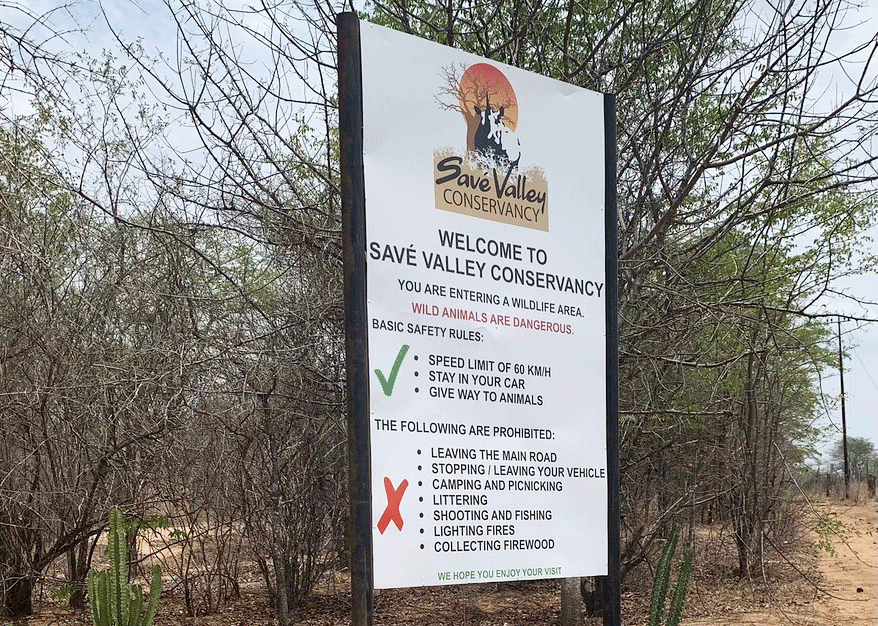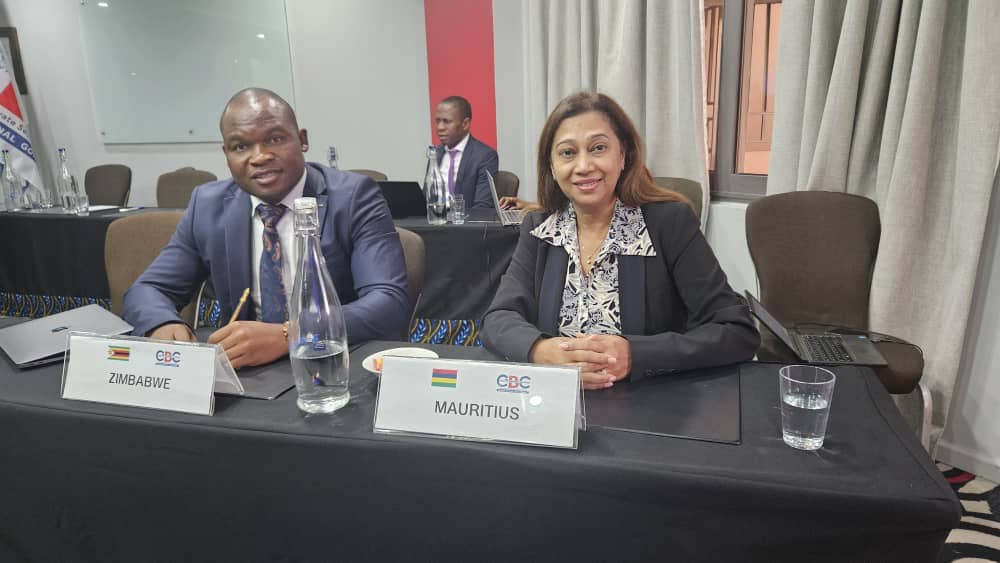
By Burzil Dube
AS alluded to in the previous week with regards to the iconic Save Valley Conservancy (SVC) whose prominency in the tourism world is becoming a force to reckon with and it is a matter of time before it also joins prime tourism status.
However, before delving into finer details concerning one of Africa’ss largest private game reserves, Yours Truly recently decided to embark on vox-pop concerning places that are usually considered to be Zimbabwe’s “prime” tourist resort areas.
The other question was to find out if interviewees were familiar with the exact location of Africa’s largest private game reserve.
Judging from responses or feedback gathered, it seems the Zimbabwe Tourism Authourity (ZTA) has still a lot of homework on finding ways of embarking on awareness programmes as part of efforts of promoting local travel and tourism places of interest.
To the uninitiated, ZTA is the country’s tourism promotion body, which is also into planning, researching and development as well as enforcement of expected tourism standards.
Yours Truly was shocked, disappointed and gobsmacked upon discovering that high school students were only familiar with Victoria Falls, Hwange National Park, Kariba Dam and Eastern Highlands, among others.
On the question concerning largest private game park in Zimbabwe, some hospitality and travel students were at sea while others harzaded Antelope Game Reserve in Gweru. Others were of the opinion that Hwange National Park rules the roost.
- Chamisa under fire over US$120K donation
- Mavhunga puts DeMbare into Chibuku quarterfinals
- Pension funds bet on Cabora Bassa oilfields
- Councils defy govt fire tender directive
Keep Reading
Yours Truly is of the opinion that there is need to apply more pressure on promotion of various tourism places rather concentrate on so-called “prime” tourist destinations.
And here we go to Africa’s largest private game reserve which continues to take the tourism world by storm.
As earlier alluded last week, the Lowveld region is mainly associated with vast tracts of sugarcane plantations thriving very well under large-scale irrigation while small-scale farmers have also joined this lucrative farming venture.
Does the name SVC ring a bell to anyone reading this article? If not you have come to the right place where tourism related issues are articulated and this time around Yours Truly is focusing on SVC, which is Africa’s largest private game reserve.
According to information gleaned by Yours Truly in one of the social media entities, SVC came into being in 1993. This was the genesis of an operation meant to conserve the lives of about 600 elephants.
These elephants were then translocated from Gonarezhou National Park located south of SVC and enterprising Zimbabwean individuals, who were behind this exercise were Clive Stockil, Roger Whittal, Derek Henning, Lyle Engles, and Peter Wenham.
The Zimbabwe National Parks and Wildlife chipped in immensely as well as giving its blessings for establishment of this epic private game reserve.
The programme would not have been a success without huge support from the country’s parks management authority.
Prior to this exercise, the conservancy was once a large swathe of land meant for cattle ranching and later put to tender where it was sold off as individual properties whose vision was to reintroduce wildlife into the whole area.
The translocation was forced by devastating 1991/2 drought and also overpopulation of elephants in Gonarezhou National Park with financial assistance from the United States government through an organisation called US Fish and Wildlife.
Another British conservation non-governmental organisation called Care for the Wild and it is reported that such funding resulted in SVC embarking on the largest relocation of elephants in the world to date.
The establishment of SVC whose success of elephant translocation and other wildlife conservation has always remained enshrined in the country’s wildlife animal history.
This was only an introductory part concerning SVC and there is more to come as Yours Truly “explores” the Lowveld region and its environs.
Till we meet again in the next column.
- Comments always welcome on: [email protected] or Twitter@DubeBurzil











